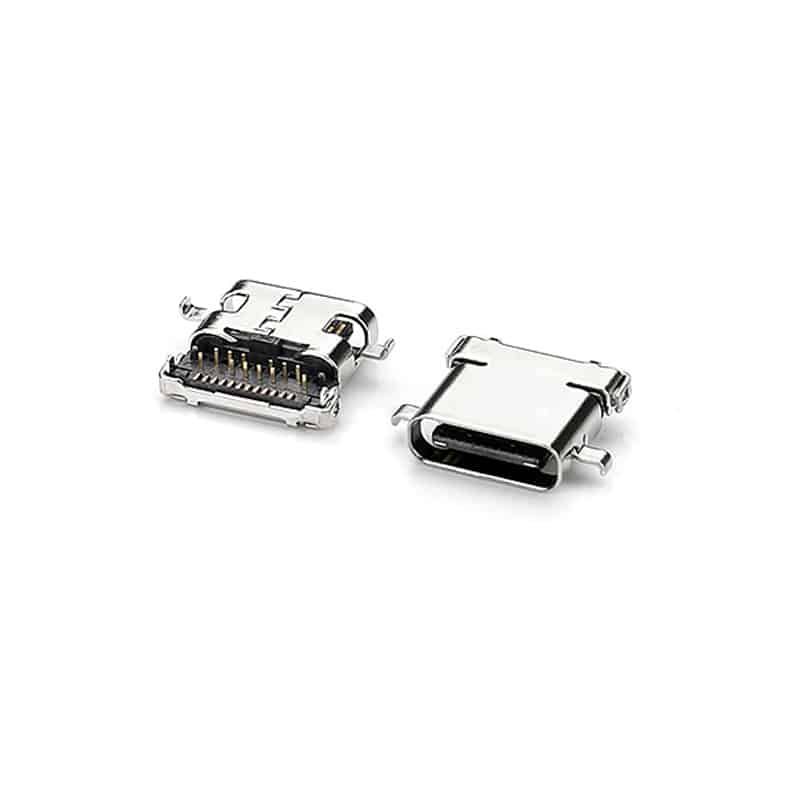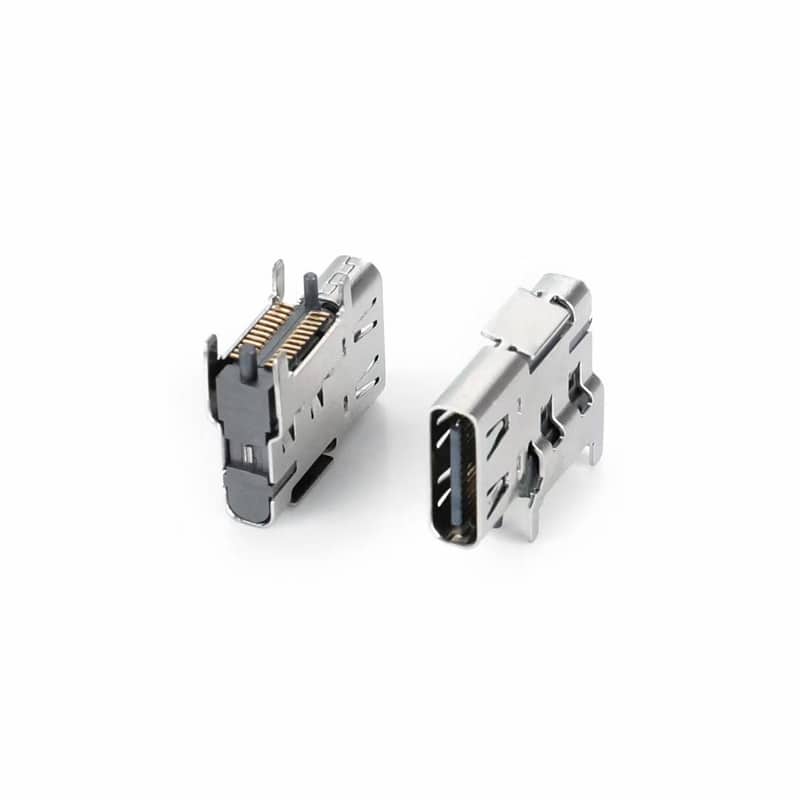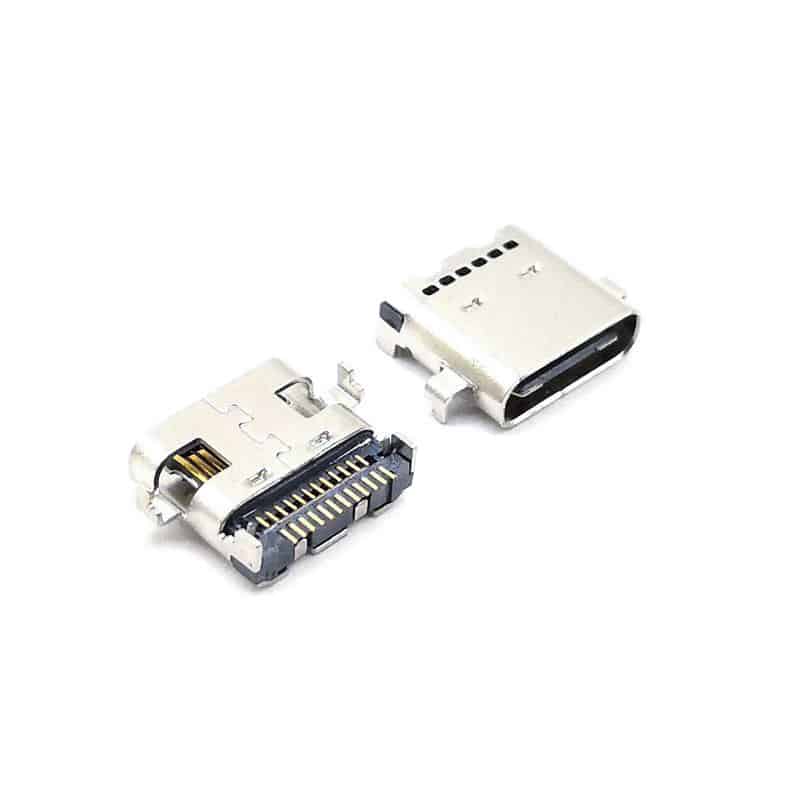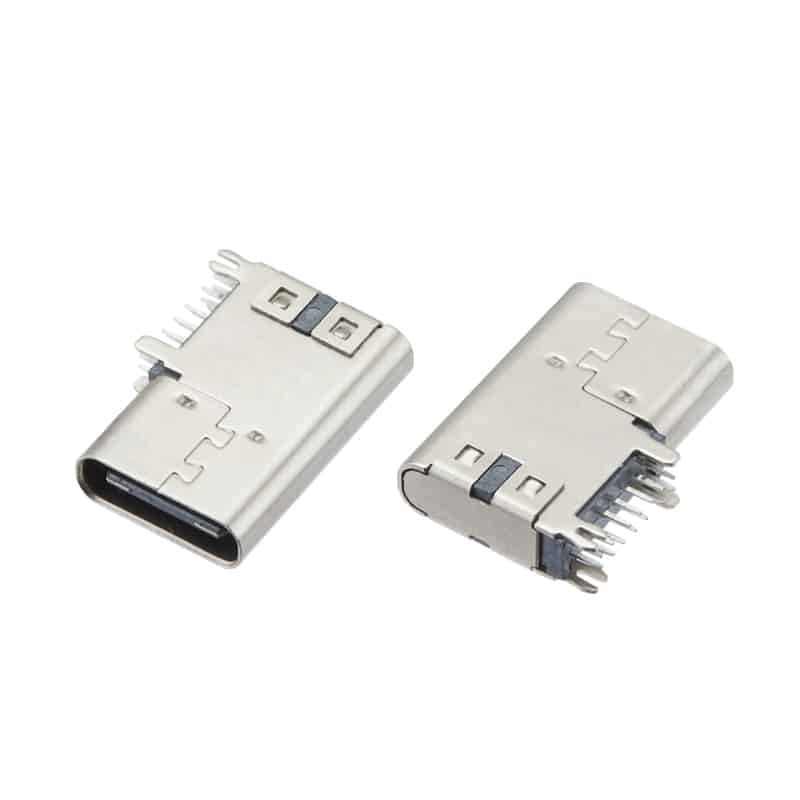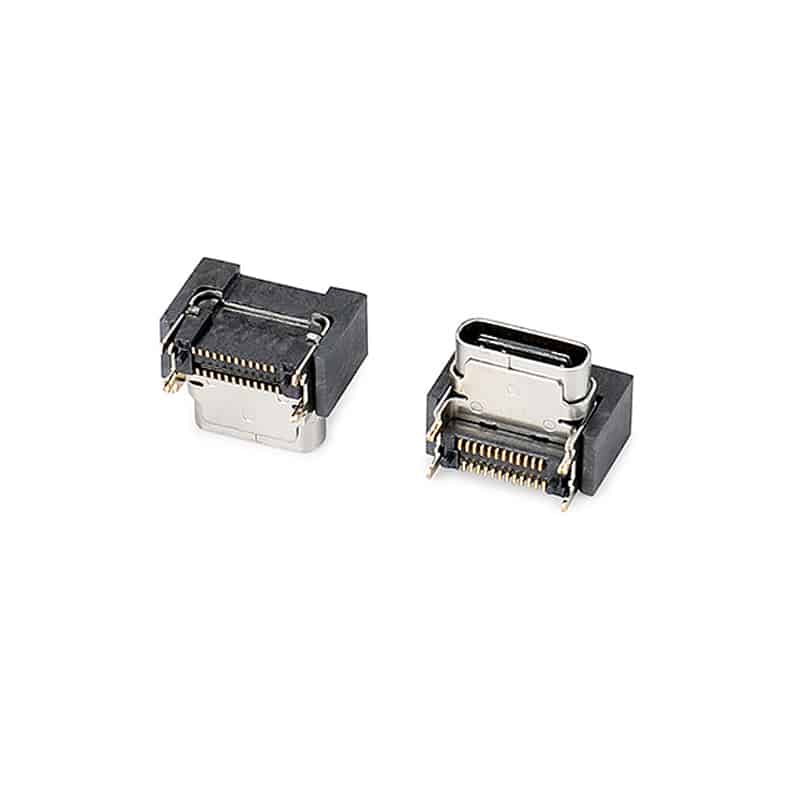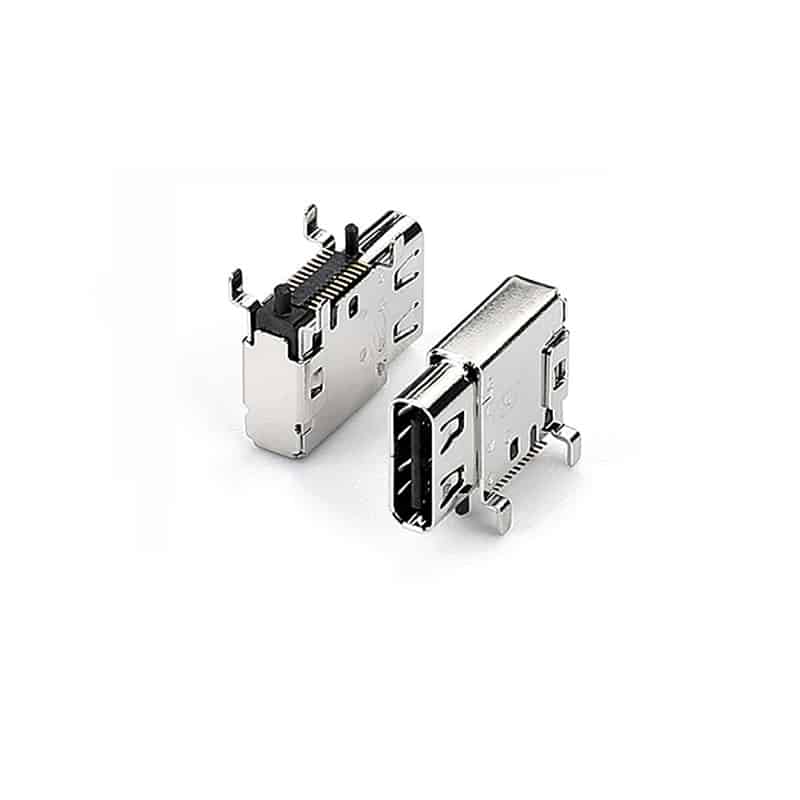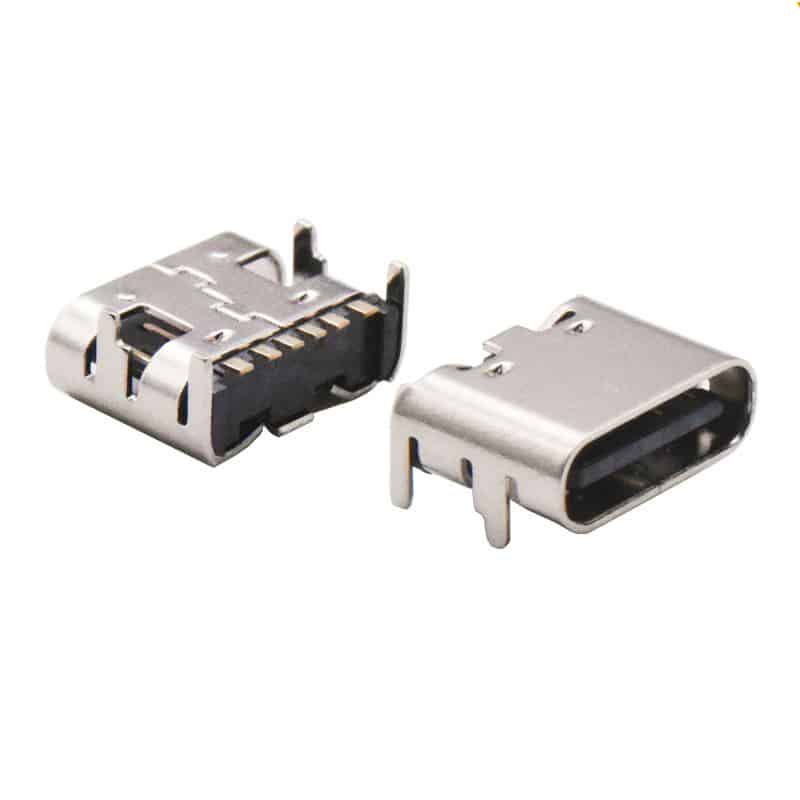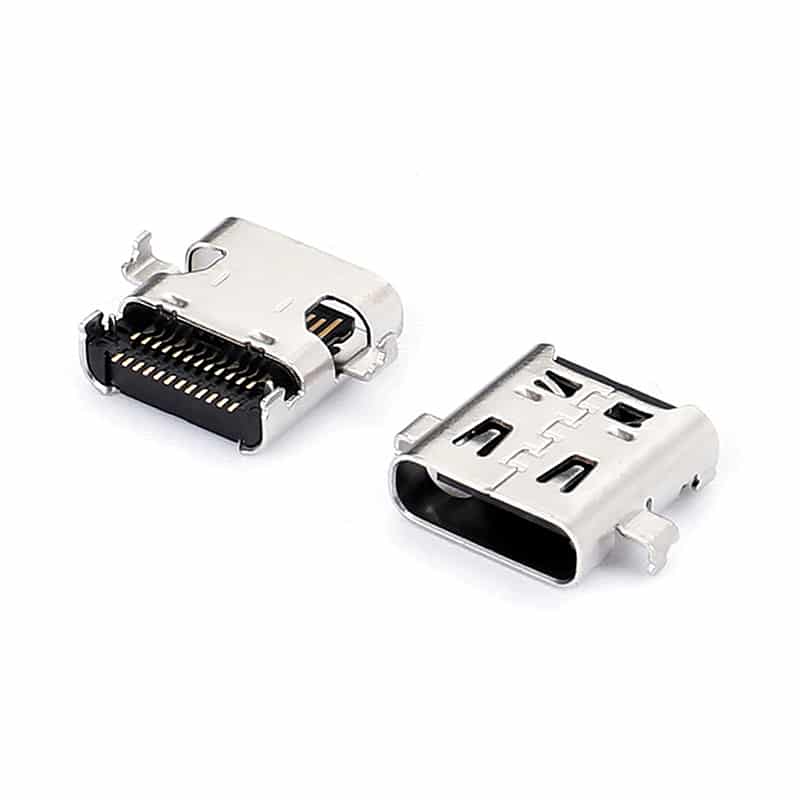DC power sockets are designed for direct current (DC) electrical connections, widely used in electronics, automotive systems, and industrial equipment. Key details include: Basic Structure and Features Interface Types ◦ Barrel Jack: Most common (e.g., 3.5mm/5.5mm outer diameter for routers, cameras).◦ Aviation Connectors: Industrial-grade waterproof design with screw locking (e.g., GX16-3 pin).◦ USB Type-C: Supports bidirectional power delivery and fast charging (PD/QC). ◦ Cigarette Lighter Sockets: For 12V/24V automotive power. Core Parameters ◦ Voltage: 5V, 9V, 12V, 24V (must match device requirements).◦ Current: 0.5A–10A+ (high-current models require enhanced heat dissipation).
